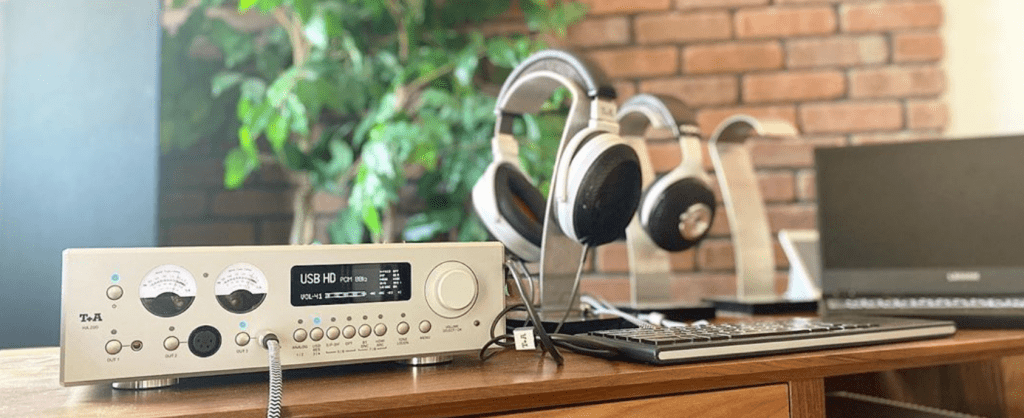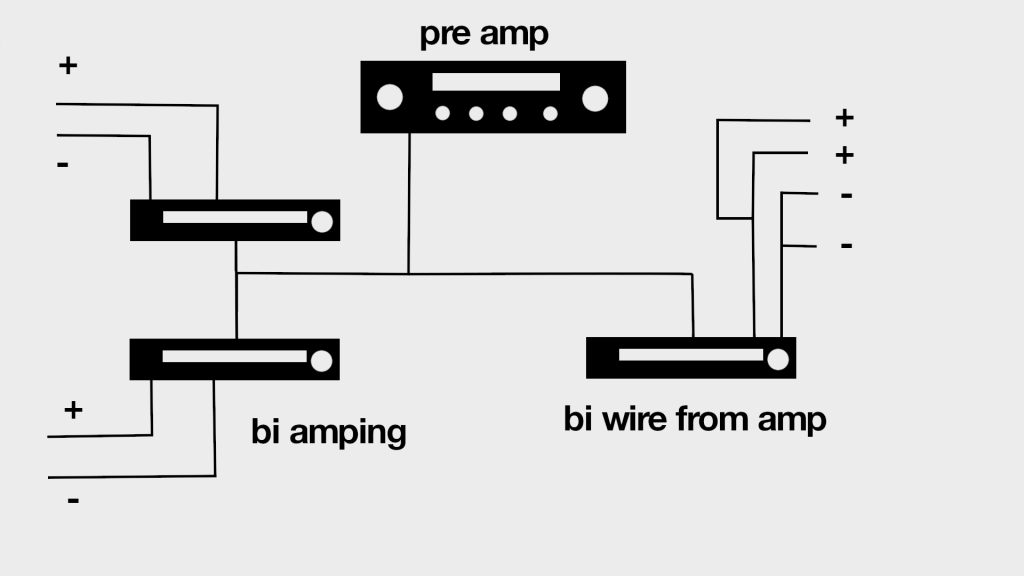Every hobby and profession has its lingo and the world of audiophiles is no different, we have our own audiophile terminology. Experiences and senses are hard to describe so we use familiar adjectives, words someone can relate to without having experienced the same sense. If someone wants to tell you how something felt that you have never felt you have to talk in terms the audience is familiar with to convey what you have experienced. This is not always easy nor is it always clear to the audience what someone may be trying to say. As an audio equipment reviewer I am always looking for ways to tell you how something sounds in the best way I can. Let’s discuss how we do this and how we may be able to do it better.

Plenty of Uncertain Terms
The phrase you may have heard before ” in no uncertain terms” means clearly and forcefully. This discussion is more about the opposite of that. Every Reviewer uses terminology, some of us share some of the same and some of us even may have contradicting definitions for those words. There are certainly some that are familiar to almost all of us such as Bright or Warm, but what about words like spacey or open? What do we mean when say these words? Below are some terms I use and what I mean when I use them, keep in mind this is not the end all be all of audiophile terminology.
Definitions
- Bright: the sound tends to emphasise the higher frequencies
- Warm: the sound tends to emphasise the lower frequencies
- Neutral : the sound is even across the frequency range
- Thin: the sound lacks mid range and bass
- Clinical: the sound lacks warmth, almost sounds to perfect as if imperfections have been sanitized away, often the sound will feel as though it is missing the human component
- Color: anything that modifies the original signal is considered coloring, such as the room materials, reflections, or tonal modifications.
- Open: a feeling of sound occupying more space than it does, think of an amphitheater but in your living room or listening space.
- Detailed: you will hear all the nuance and small details in your music
- Muddy: notes, instruments and sounds blend together, the opposite of detailed.
- Sound Stage: the sound stage is the special feeling of where your sound comes from. If you close your eyes you can place instruments in the room, it is often described as being wide, narrow, shallow, tall, or other dimensional adjectives.
These are some if not most of the terms I tend to use in a review and what I mean when I say them. Again these may vary from person to person, as well it is not an exhaustive list. There are certain audiophile terms I try to avoid such as musical, or describing something as natural. Most of us don’t know what the natural sound of a song should be, we weren’t there when it was recorded nor did the artist listen to it on our system and confirm it’s natural sound.

In No Uncertain Audiophile Terms
There are terms that we all have to agree on, these tend to be actual technical terms. Some of these terms are determined by the departs of weights and measures. Words such as watts, ohms and voltage. If an amp has 100 watts per channel, one reviewer can’t hear 50 and the next hear 200 watts. Now some reviewers will actually measure the output to check it against the advertised numbers and those results may vary but, a watt is a watt for everyone, everywhere. Let’s take a look at some of these certain terms you should know. As these are not up for debate, the definitions below are from the Merriam-Webster Dictionary.
Definitions
- watt: the absolute meter-kilogram-second unit of power equal to the work done at the rate of one joule per second or to the power produced by a current of one ampere across a potential difference of one volt : ¹/₇₄₆ horsepower
- Volt: the practical meter-kilogram-second unit of electrical potential difference and electromotive force equal to the difference of potential between two points in a conducting wire carrying a constant current of one ampere when the power dissipated between these two points is equal to one watt and equivalent to the potential difference across a resistance of one ohm when one ampere is flowing through it
- Current: a flow of electric charge
also : the rate of such flow - Preamplifier: an amplifier designed to amplify extremely weak electrical signals before they are fed to additional amplifier circuits
- Power Amplifier: an amplifier that can produce relatively large power output usually greater than one watt
- Sensitivity: how many decibels can be measured 1 meter away from a speaker at 1 watt of power
- Decibel: a unit for expressing the relative intensity of sounds on a scale from zero for the average least perceptible sound to about 130 for the average pain level
( decibels are not linear, 90 decibels is actually 10 times as loud as 80) - Signal to Noise Ratio: the ratio of the strength of an electrical or other signal carrying information to that of interference, generally expressed in decibels.
- Harmonic Distortion: the ratio of harmonics to fundamental when a (theoretically) pure sinewave is reconstructed, and is the most common specification.

Conclusion
Hopefully this will help you, the audience of Hifi Chicken and certainly other reviewers have a better idea of what we mean when reviewing a product. Again this is not an exhaustive list, you should also remember some reviewers may use these terms or at least the subjective ones differently than on Hifi Chicken. If you have any to add or any that you have seen that were not covered be sure to comment below.

